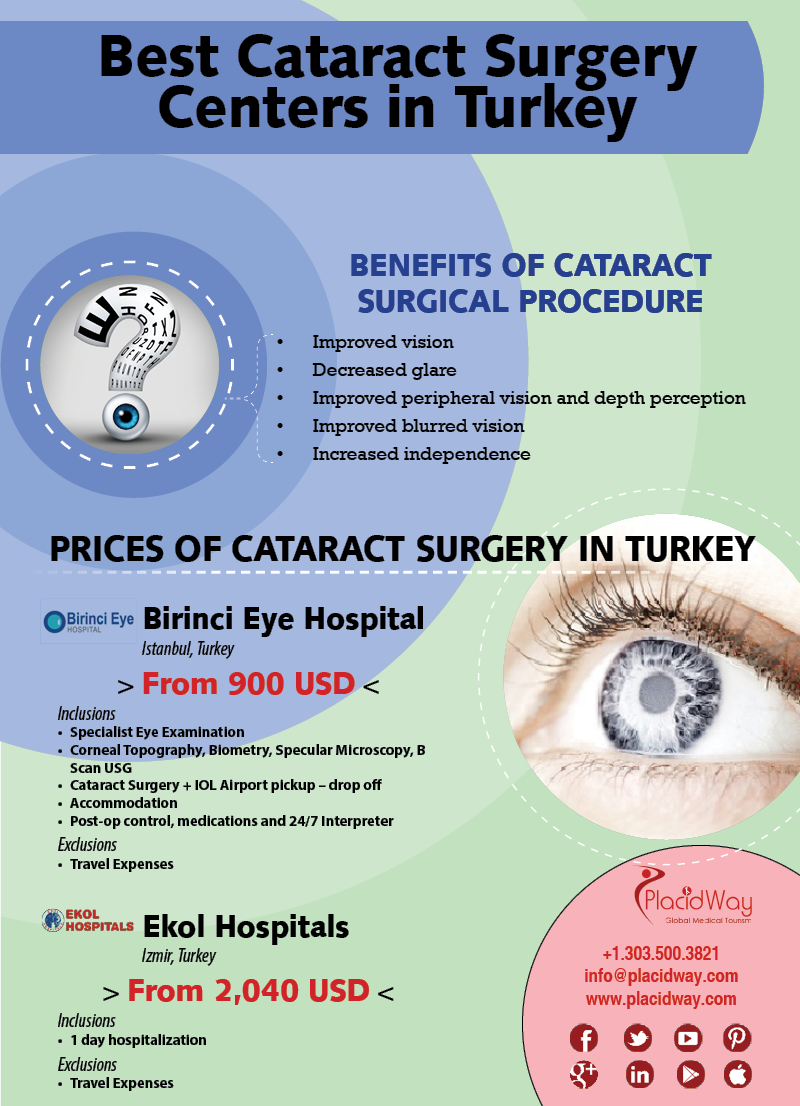Taking Into Consideration SMILE Surgical Procedure? Uncover Considerable Factors To Consider And Insights To Sustain You In Making A Smart Option Regarding Your Vision In Advance
Taking Into Consideration SMILE Surgical Procedure? Uncover Considerable Factors To Consider And Insights To Sustain You In Making A Smart Option Regarding Your Vision In Advance
Blog Article
Cataract Surgery To Correct Vision -McDowell Thestrup
If you're pondering SMILE eye surgery, ponder this: are you prepared to welcome prospective visual liberty, or does the idea of any threats make you hesitate? Your decision will certainly hinge on a cautious equilibrium of weighing the advantages versus the unpredictabilities. It's vital to dig much deeper into the nuances of SMILE surgical treatment to make an informed option that aligns with your aesthetic objectives.
Recognizing SMILE Eye Surgical Procedure
When considering SMILE Eye Surgical procedure, it's important to recognize the treatment and its benefits. SMILE, which stands for Tiny Laceration Lenticule Removal, is a minimally intrusive laser eye surgery that deals with usual vision troubles like nearsightedness (nearsightedness).
Throughout the procedure, your eye specialist will utilize a femtosecond laser to develop a small incision in your cornea. With this incision, a tiny disc of tissue called a lenticule is removed, improving the cornea and fixing your vision.
One of the crucial advantages of SMILE Eye Surgery is its quick healing time. Several patients experience improved vision within a day or two after the procedure, with marginal discomfort.
In addition, SMILE is known for its high success rate in giving long-term vision correction. Unlike LASIK, SMILE does not need the creation of a flap in the cornea, reducing the risk of complications and enabling a much more steady corneal structure post-surgery.
Recognizing the procedure and its benefits is critical when considering SMILE Eye Surgical treatment for vision improvement.
Pros and Cons of SMILE
Taking Into Consideration SMILE Eye Surgery for vision modification features numerous advantages and possible disadvantages.
Among the primary pros of SMILE is its minimally invasive nature, as it includes a little cut and usually results in quick recovery times. The treatment is additionally known for triggering very little discomfort and dry eye signs and symptoms post-surgery contrasted to other vision adjustment techniques. Furthermore, SMILE has actually been shown to provide exceptional aesthetic end results, with lots of patients attaining 20/20 vision or much better.
On the other hand, a possible con of SMILE is that it may not appropriate for individuals with extreme refractive errors, as the treatment variety is somewhat restricted contrasted to LASIK. One more factor to consider is that the learning contour for cosmetic surgeons implementing SMILE can impact the accessibility of seasoned service providers in particular areas.
It is necessary to weigh these pros and cons carefully when determining if SMILE is the ideal selection for your vision correction needs.
Determining Eligibility for SMILE
To identify if you're qualified for SMILE eye surgery, your eye doctor will certainly carry out a thorough analysis of your eye health and wellness and vision requirements. Throughout https://www.which.co.uk/reviews/laser-eye-surgery/article/laser-eye-surgery-compared/laser-eye-surgery-costs-avEch2D8pXD7 , variables such as the security of your vision prescription, the thickness of your cornea, and the overall health of your eyes will be evaluated.
Generally, candidates for SMILE are over 22 years old, have a stable vision prescription for at least a year, and have healthy corneas without problems like keratoconus.
Your optometrist will additionally consider your general eye wellness, any existing eye conditions, and your lifestyle requires to identify if SMILE is the best option for you. It's essential to connect any specific visual needs or issues you might have throughout this analysis to make sure that the therapy aligns with your expectations.
If you aren't eligible for SMILE, your eye doctor may suggest different vision correction alternatives that better suit your individual needs and eye wellness standing.
Conclusion
Eventually, choosing whether SMILE eye surgical procedure is right for you requires cautious factor to consider of your individual eye health and visual needs. Seek advice from your ophthalmologist to establish your qualification for the treatment and weigh the possible benefits and downsides. Keep in mind to connect any type of concerns or concerns you might have throughout the evaluation process to make an enlightened choice concerning your vision correction choices.
